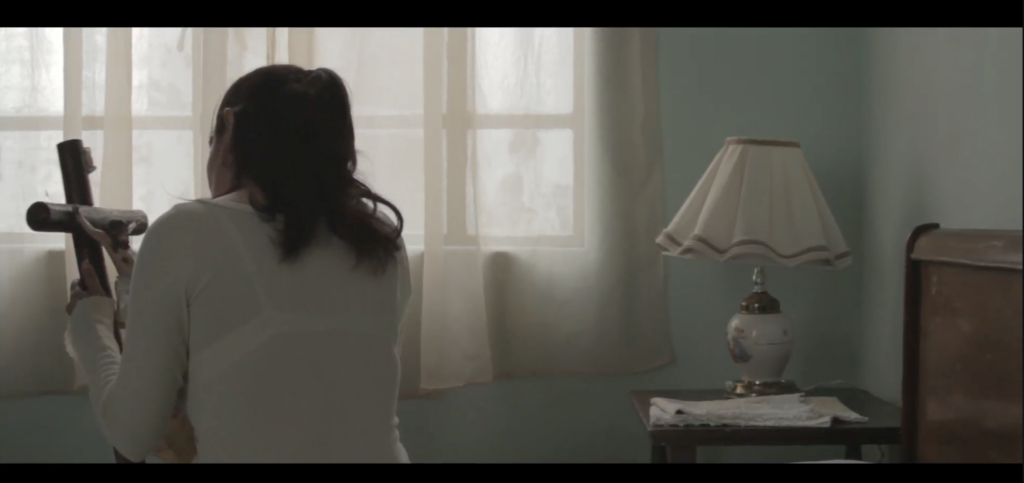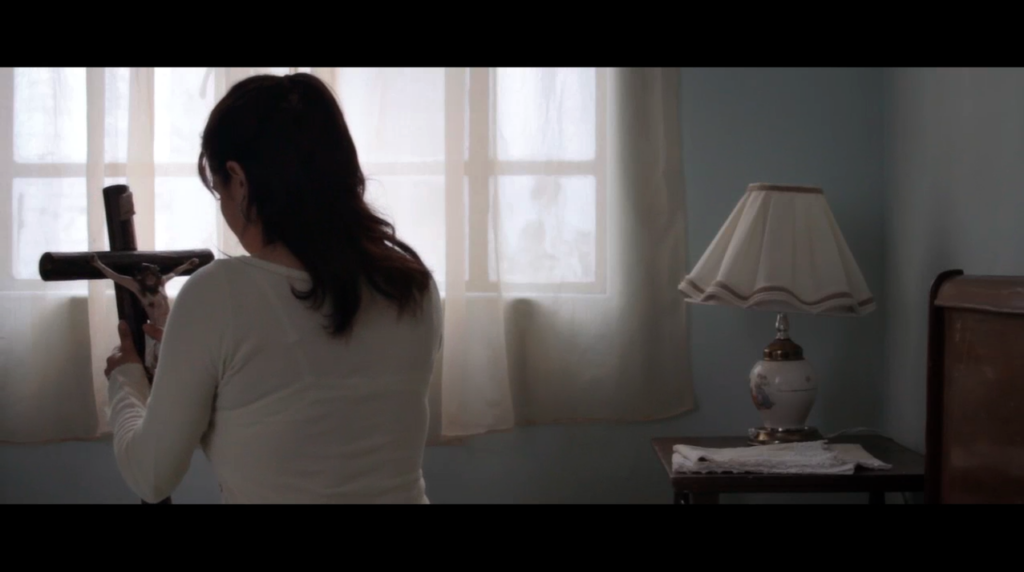Have You Thought About Being A Colorist? Here’s What They Do
There are so many different roles in the making films and videos. One unsung job is often that of a colorist.
“Colorists are sometimes seen as technicians, color correcting errors or discrepancies,” said Cristina Kotz Cornejo, Visual and Media Arts Chair. “But great colorists are artists in their own right with a keen eye on how these color choices influence the story and subconscious experience of the viewer — they become collaborators in the process.”


Cornejo said color correction is a field that a lot of people aren’t aware of, but color correctionists are very much needed.
Affiliated faculty member Will Rogan, MA ’15 teaches a video editing class focused on color correction.
“The colorist’s job is to sometimes augment what was taking place on set, and to make sure there is a smooth consistency in color balance in any given scene,” said Rogan. “Sometimes there are more aggressive relighting jobs for colorists to take the work from a cinematographer and manipulate it to an extreme degree to hardly represent the work done on set.”
Rogan said there’s a mix of students who take the class. Some are cinematography students wanting to know more about color correction. Some are interested in editing and other post-production fields. Others just want to make the image the best they can. Color correction can be an extension of an editor’s skill set, said Rogan.
He said the majority of students may not know that a colorist is a career. He added that anyone interested in cinematography knows about color correction.
“Those who know about color correction are pretty excited about it,” said Rogan. “There are students who are very detail-orientated in terms of operations of what goes into filmmaking. They’re people who really like that geeky computer aspect, where they know all of the highly technical ins and outs of how to make a look.”
Nowadays color correction takes place during post-production with DaVinci Resolve software on bigger budget productions. Final Cut Pro, and Adobe editing software work well, too. Inherently, it’s a collaboration with the cinematographer, manipulating what the latter tried to create on set. As with many things, color correction is now digital, and it’s even doable on a MacBook Air, although it takes longer.
Before color correction was digital, it was analog, and it would start with the cinematographer right on set. Filmmakers would then take their film to get developed by a chemist. It was at that point where a filmmaker would say they want to change the look of the film, and a chemical would need to be added. It was a very imprecise science, and could cost a lot of money.
“Low-budget films’ first scene’s lighting or exposure may look different because they didn’t have time to get what are called ‘answer prints,’” said Rogan. “You’d cut your film, send it for color, screen it, and then say you need to do X or Y.”
Two big films are known to have been the first that used digital color correction. The most noted is the Coen brothers’ O Brother, Where Art Thou? (2000), which received an Academy Award nomination for Best Cinematography. The film has a color palette that couldn’t have been created without digital color correction. The other noted movie is 1998’s Pleasantville, which combines black-and-white and color, sometimes in the same shot.
Rogan added advice to any burgeoning filmmaker.
“I would encourage students to make sure when they are doing color corrections they hook up with the director and cinematographer of the film to be in the same room and work together,” said Rogan. “It’s good to be on the same page, and it’s really most rewarding when you can have that level of collaboration.”
Categories